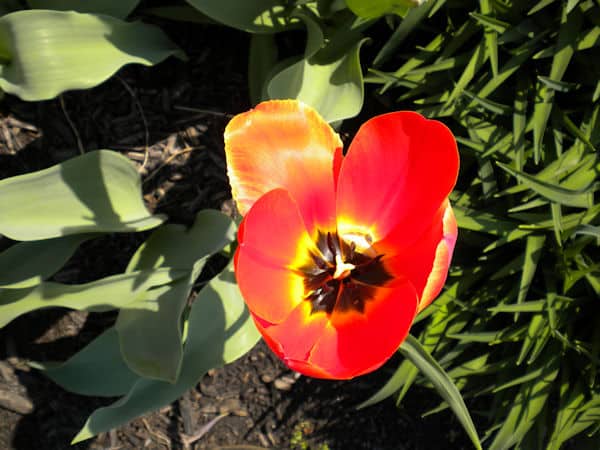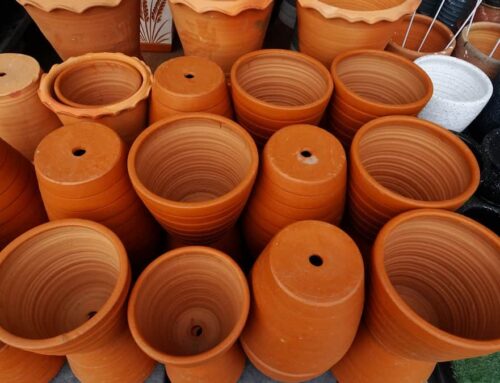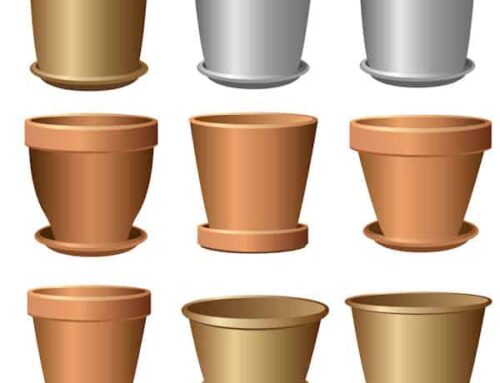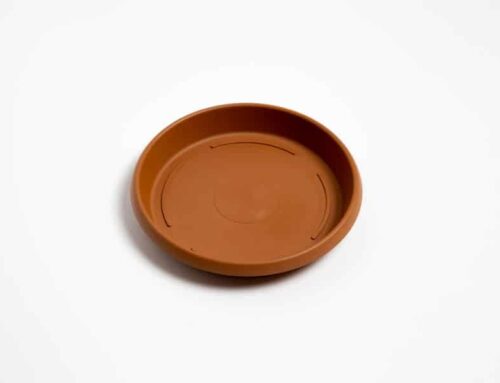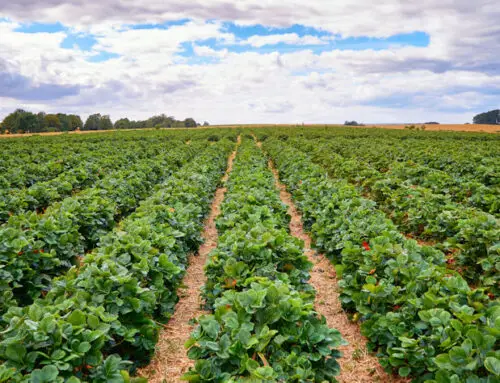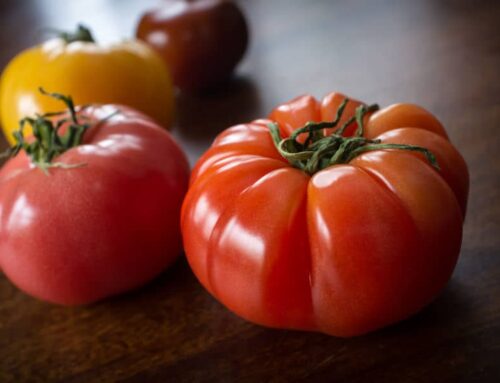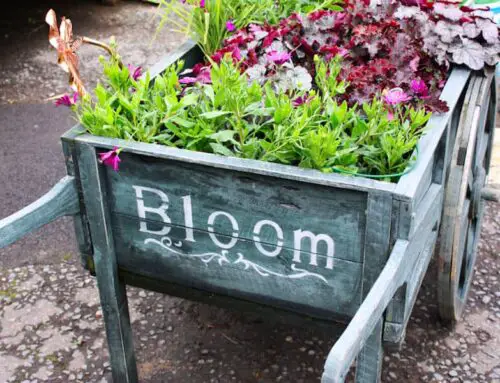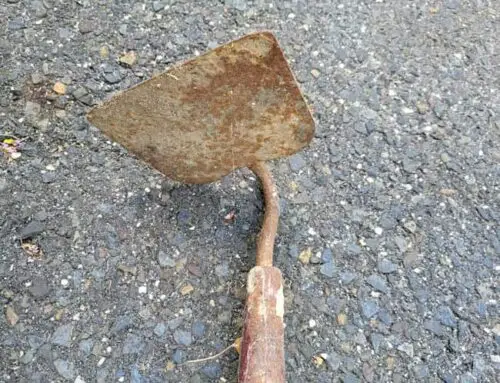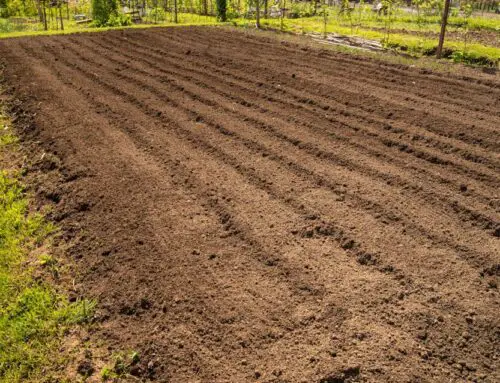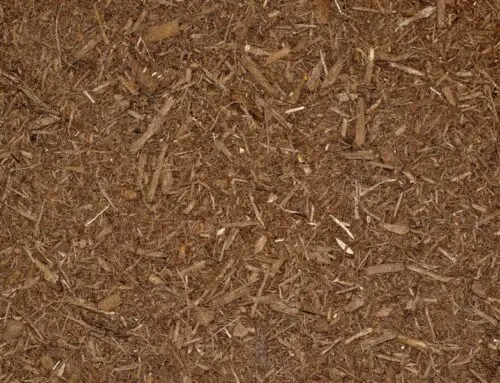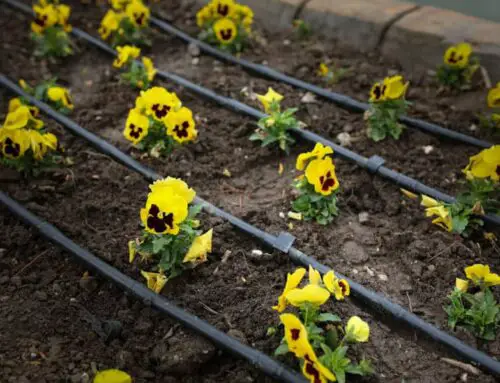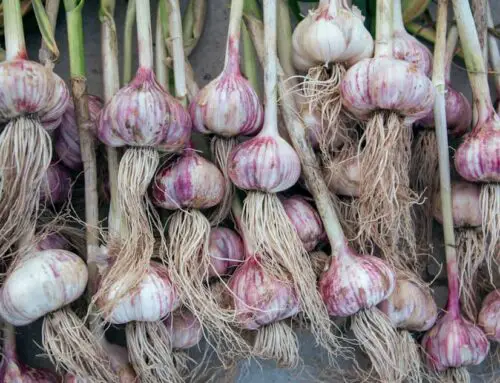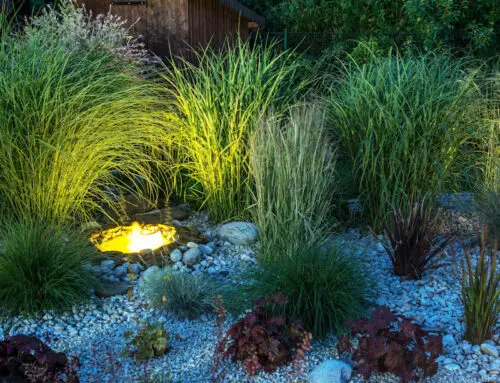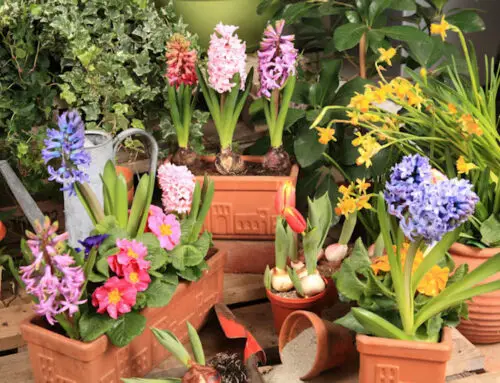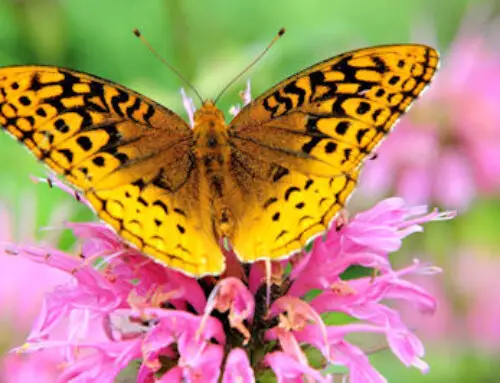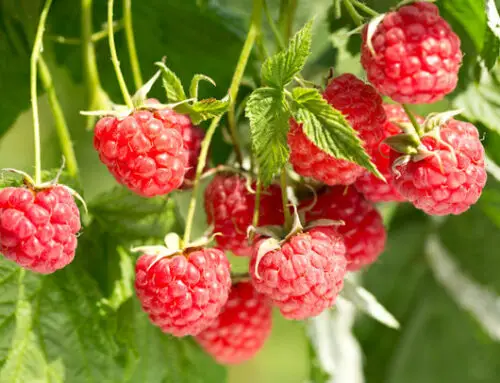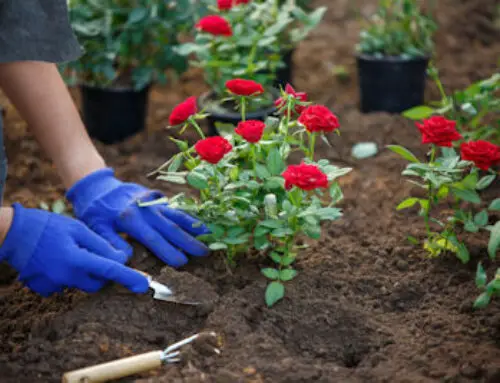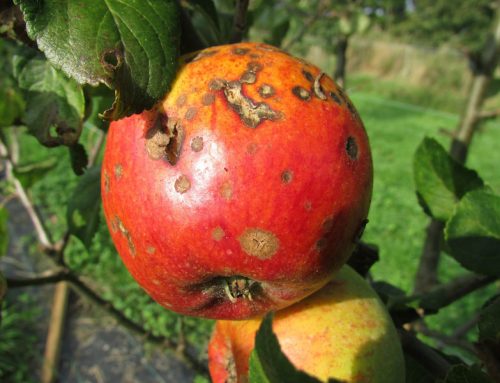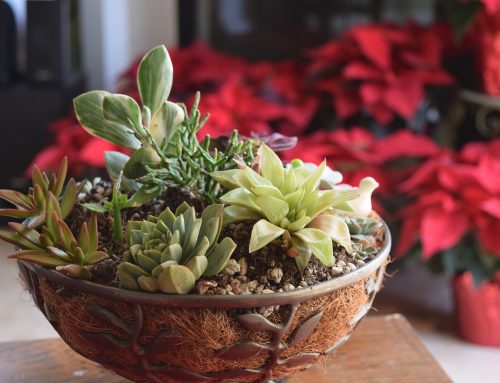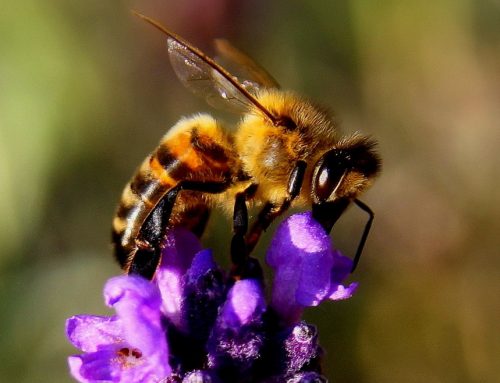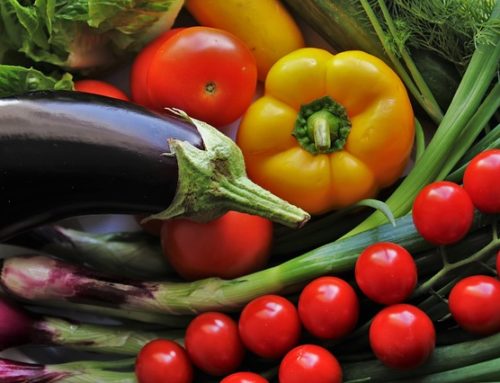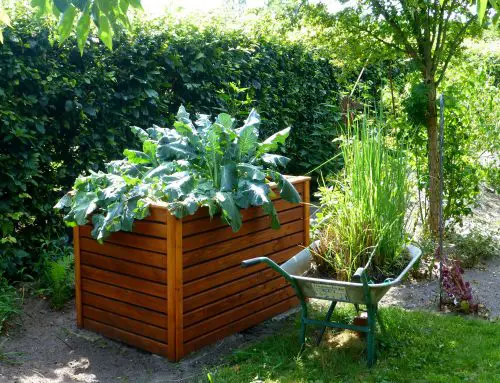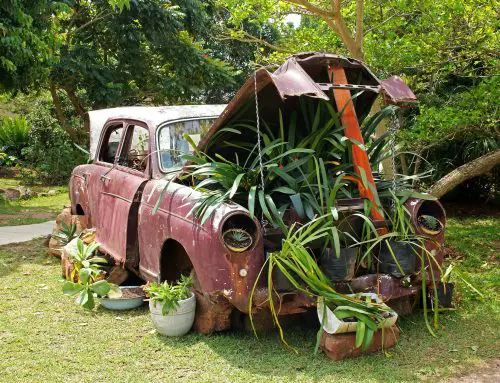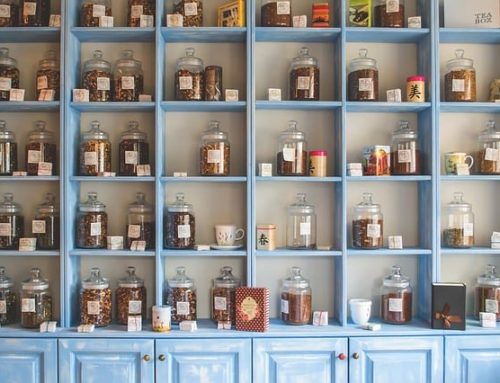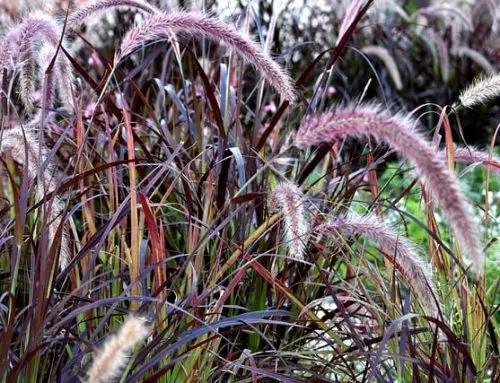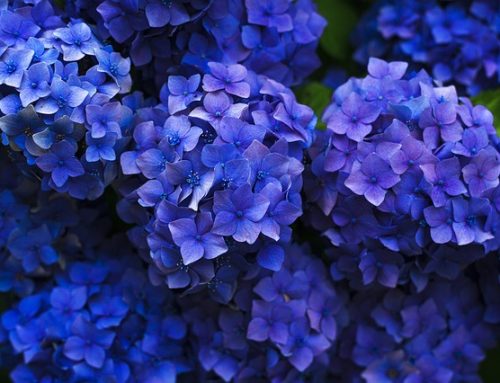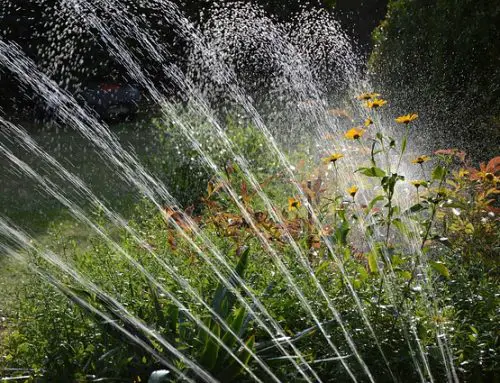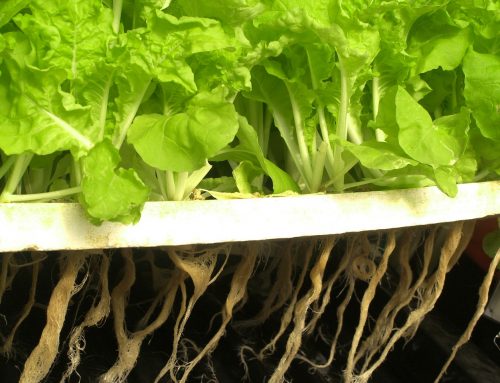So why are native plants important? Native plants are important because they provide pollen, nectar, and seeds to creatures such as birds, insects, butterflies and other small creatures. This food source isn’t always available when non-native horticultural species are planted in gardens and landscapes.
Following closely behind the rise in environment and soil sustainability is the idea of incorporating more native plants in home and business landscapes.
This practice has come to be known as naturescaping – using the plants found in the natural habitat of an area to landscape, versus introducing non-native species that require higher maintenance and inputs.
Native plants are adapted to the local climate, and most often, the local soil conditions of a given environment. They hold a lot of importance in landscapes as they provide many beneficial attributes to local animals.
Benefits of Native Plants
Lower Maintenance – One of the biggest benefits is that these plants have evolved to local conditions, optimizing what resources are available to grow to their best potential. They are adapted to soil conditions, rainfall amounts, and local insect pests.
This often means they require little water, no fertilizer inputs, need little pruning and are quite resistant to pests and diseases. As a homeowner you don’t have to spend the time and money you’d devote to non-natives, to keep native plants looking healthy and strong.
Cost Savings – It’s easy to understand how lower maintenance needs means lower maintenance costs when growing natives. The lower plant needs mean it’s not necessary to spend money on fertilizers and pesticides.
Plus, your time is worth something too; less time spent maintaining native plants means more time to spend elsewhere.
Decreased Water Consumption – On average, one to two thirds of water consumed by homeowners goes towards irrigating gardens and lawns. Homeowners in the arid Western regions will devote up to 60% of their water, on average, to landscape needs; homeowners in the east allocate closer to 30% of their water to yard plants.
Native plants have adapted their root systems to go much deeper in the soil than non-natives. This deeper root system means they can access more water and also store it for future use. Being able to access more water means less is needed through irrigation.
Songbird Habitat – Over the last few years, there has been a gradual decrease in the songbird population due to loss of habit. Planting native species gives them much needed habitat and encourages population growth. Encouraging native species in your landscape is the single best thing to do to bring in more songbirds.
Finding the Right Plants
When it comes to choosing native plants for your garden, it’s best to ask local experts for some help. They will know what plants are well adapted for the local region and give some extra tips and tricks.
There are Native Plant Societies in each state, and sometimes local areas have small, community organizations that are well educated on the native plants for that region.
Two other great resources are local native plant nurseries, and/or classes offered by a nearby community college if they are available.
How to Plant Native Plants
Planting a garden with native species requires a little more preplanning than when working with non-native horticultural species.
Native plant nurseries see more of a flux in their inventory than traditional nurseries; this is often dependent on supply and demand of customers in a local area, and the smaller amount of plants initially grown for sale. It’s best to contact your local nurseries ahead of time to ensure they have the plants desired in stock.
Native plants can be planted as live plant material, or by seed. Plants typically come bare-rooted and tend to be available from December to March.
They can then be planted during their dormant seasons, requiring fewer inputs to encourage growth and minimize transplant shock. Sowing seeds has advantages over planting live plants.
Although it takes longer to see your work come to life, it is easier to sow seeds than dig holes for live plants, and seeds can cover a larger planting area than plants. Native plant seeds are also more readily available than live plants.
Why Are Native Plants Important
As people become more aware of environmental sustainability, and the impacts traditional gardening can have on resources, there has been a corresponding increase in the amount of native plants used in landscapes.
These plants are highly adapted to a local environment, requiring less maintenance and fewer inputs for optimum growth.
This results in a reduced cost for the homeowner, a decrease in water used for irrigation, and fewer chemicals used to treat pests. Native plants are a great benefit to a garden, offering many advantages to homeowners.

